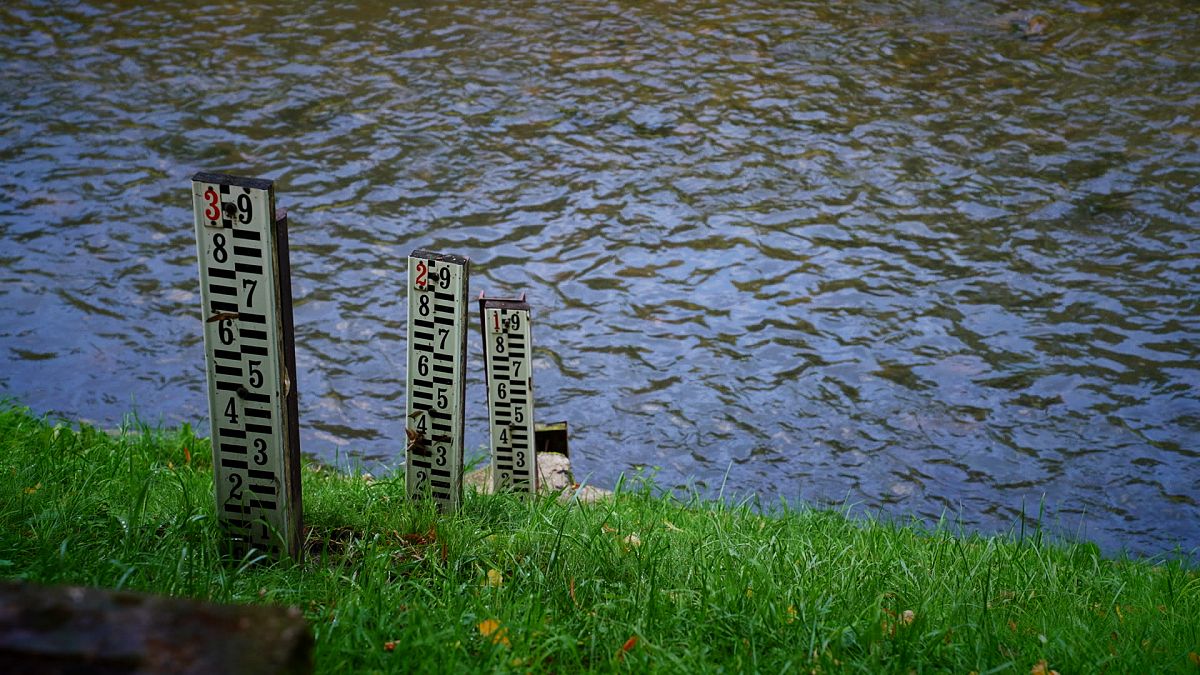The GDi ensemble FloodSmart project uses big data analysis to generate action plans and 3D modelling that helps institutions, rescue teams and citizens.
How can we better anticipate and manage flood risk?
Mijo Jelec, the owner of the Nova Ladja Motel in Odzak, northern Bosnia and Herzegovina, monitors the Sava as it flows by. He has photos and vivid memories of flooding in May 2014. Then, he didn't get any advance warning.
"In 2014, the water rose 2.6m above this step," he says. "And it was 4 or 5 centimetres away from reaching the second floor. It came so quickly we couldn't predict it or do anything or help ourselves. I just took the boat, got in it and left."
To manage risks and facilitate protection in case of floods like the one that struck eight years ago in southeastern Europe, causing ten of thousands to flee their homes and more than 60 fatalities, a Croatian company has developed an integrated platform with real-time information: GDi Ensemble FloodSmart.
Big data analysis
In Sarajevo, project leader Davorin Singer explains how they use big data analysis to generate action plans and 3D modelling that help institutions, rescue teams and citizens.
"It collects all the information from hydrologists about flows, about flood areas and makes it available to those who have to make decisions," he explains. "So they can choose what to do in different situations to minimize risk and damage from floods."
Funding by the European Union Cohesion Policy
The GDi ensemble FloodSmart project has a total budget of €1,242,643 of which 49.8% €619,250 has been financed by the European Union Cohesion Policy and the rest, 50.2%, by the Croatian company itself.
The platform is used by the Water Information System of Bosnia and Herzegovina. Since 2014, the Odzak area has flooded again, but not to the same extent. The pumping station in Zorice has five machines capable of evacuating nine cubic metres of water per second to prevent flooding of agricultural and residential areas. Engineer Boris Zelic, Regional Flood Protection Manager for Codoprovreda Posavina, says communication and forecasting models like GDi's are essential if the equipment is to be deployed effectively.
"In 2019, we re-enforced the embankment," he says. "Then we had a model. We knew high water was coming. In 2014, we didn't know that. By getting the correct data on time, we have a much faster reaction. We have less stress and we have better enforcement of flood defences."
The platform proposes solutions and action plans to cope with the risk of floods before, during and after they occur.

